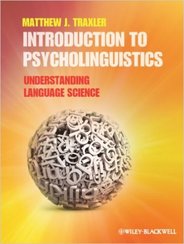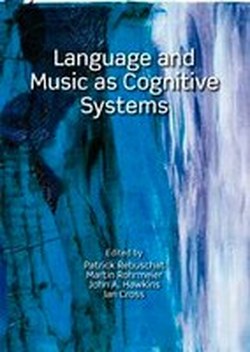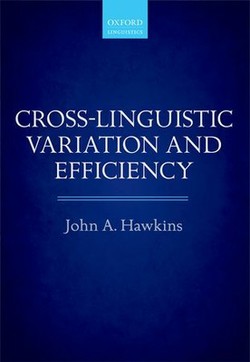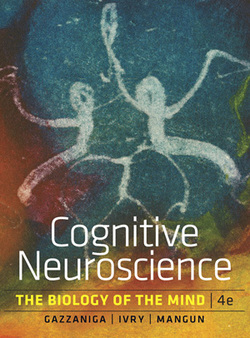Recent Books

This textbook offers a cutting edge introduction to psycholinguistics, exploring the cognitive processes underlying language acquisition and use.
- Provides a step-by-step tour through language acquisition, production, and comprehension, from the word level to sentences and dialogue
- Incorporates both theory and data, including in-depth descriptions of the experimental evidence behind theories
- Incorporates a comprehensive review of research in bilingual language processing, sign language, reading, and the neurological basis of language production and comprehension
- Approaches the subject from a range of perspectives, including psychology, linguistics, philosophy, computer science, neurology, and neurophysiology
- Includes a full program of resources for instructors and students, including review exercises, a test bank, and lecture slides.


